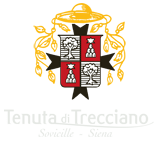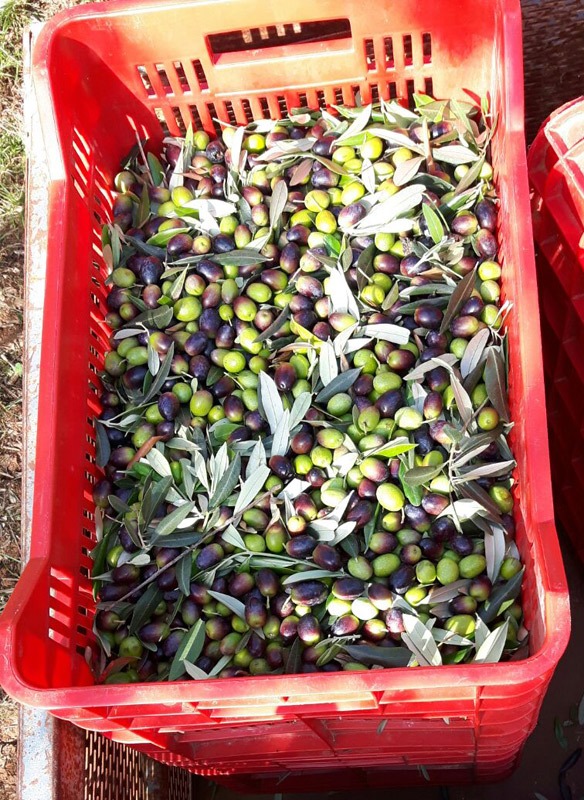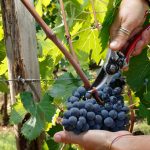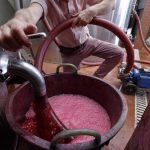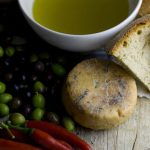Olive oil is an ever-present food on the tables of Italians and, just like wine, depending on the production areas, can be characterized by a wide variety of quality. To better and fully appreciate its value, it is important to know its origin and also how it is produced.
In the next articles, we will take you through this short but significant journey to discover olive oil, starting with its history and typical Tuscan olive varieties
History
Source: www.olioextraverginetoscana.it
In all the Mediterranean basin civilizations, the olive tree has always been considered a sacred tree and the oil extracted from its fruits was used not only as food but also for religious and ritual purposes: Egyptians it considered it as a gift from the gods; through trade the Phoenicians help spread the production throughout various territories, calling it “liquid gold”; the Greeks and the Romans used it for medicinal purposes and as fuel in the votive lamps; the Jews used it to “flatter” their King, Christians have always used it in important rites. Olive oil represents one of the fundamental products of Mediterranean agriculture, of undeniable nutritional value for its chemical composition and organoleptic characteristics that are highlighted when using it as a dressing/seasoning.
Tuscan Olive varieties
Source: www.olioextraverginetoscana.it
Each oil is bound to its own territory, and thus is a synthesis of each native varietal of olive from which it is produced. There are hundreds of varieties of olives, for oil, for food or for both. They come in different shapes and sizes, each may be characterized by a different ratio between pulp and seed and therefore contain different quantities of oil, on average ranging between 10 to 16%. The trees’ productivity depends on several climatic and cultivation style factors, which also help determine the production in its two-year cycle.
Here at the Tenuta di Trecciano we cultivate the most typical Tuscan varieties: Frantoio, Moraiolo, Leccino and Pendolino, below you’ll see their peculiar characteristics:
FRANTOIO
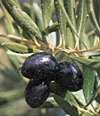 Cultivation: Toscany, Central Italy.
Cultivation: Toscany, Central Italy.
Characteristics: oval elongated shape, tends to be purple red when mature; medium-sized tree.
Productivity: high and steady.
Resistance: suitable for mechanical harvesting; good resistance to disease and cold weather.
Oil: high quality, fruity, elegant, aromatic oil.
MORAIOLO
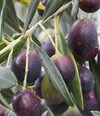 Cultivation: Tuscany, Umbria, Mediterranean area.
Cultivation: Tuscany, Umbria, Mediterranean area.
Characteristics: round, small fruit, black when mature, early ripening.
Productivity: medium to high.
Resistance: to drought and windy climate, fears the cold.
Oil: excellent quality oil, harmonious and fruity, green colored with golden reflections.
LECCINO
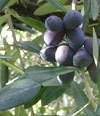 Cultivation: Tuscany and Central Italy.
Cultivation: Tuscany and Central Italy.
Characteristics: elliptical fleshy fruit, early black maturation.
Productivity: medium and steady.
Resistance: resistant to temperature and adversity changes, suitable for mechanical harvesting.
Oil: fruity flavor.
PENDOLINO
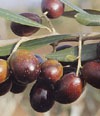 Cultivation: Tuscany, Central Italy.
Cultivation: Tuscany, Central Italy.
Characteristics: medium small fruit, tend to be purple when ripe, medium precociousness.
Productivity: good and steady.
Resistance: to cold weather.
Oil: appreciable good quality oil.
In the next article: how to get the oil (the extraction phases). Stay tuned!
